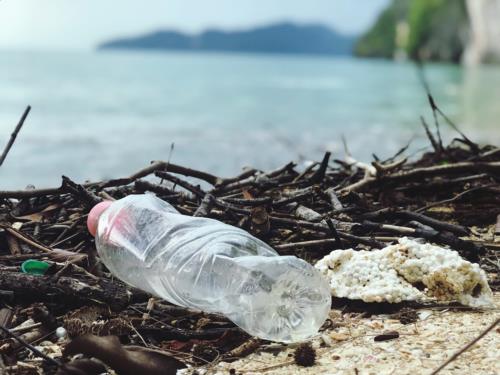
An unfortunate fact that we’ve known for so long is that our oceans are struggling. Worldwide fish stocks are dwindling in numbers; microplastics are found in shellfish, there’s a Great Pacific Garbage Patch three times the size of France, and the rising seawater temperatures are disturbing major aquatic systems.
Changes to the environment are also changing our waters, and these changes aren’t at all good. In an attempt to hold people accountable for the trash they produce, a social media campaign has been launched using the hashtag #IsThisYours?
Holding Companies Responsible
We are all offenders. Most of us, if not all, have contributed to
ocean pollution one way or another, as we have gotten used to buying products packaged in single-use plastics. It brings a lot of convenience to humanity, but plastic products end up in our waters.
But if you look at the bigger picture, we are not the ones creating the packaging in the first place. It is not us who market our products to consumers, and above all, we don’t value a financial bottom line in everything that we do. Companies, however, do all these, and you know what? We can hold them responsible for the plastics they produce.
The Big Players
Data from Greenpeace show that Coca-Cola bags the top spot as the worst offender when it comes to plastic pollution on a global scale. Another worst offender on the list is PepsiCo, along with Mars, Unilever, Procter & Gamble, Mondelez International, Danone, and Nestle.
Greenpeace ranked these companies by conducting an audit on branded plastic garbage in 42 countries overall. Coke had the most plastic garbage worldwide, whose coke bottles and Coke-branded plastics were found in most countries.
What consumers can do is boycott these companies if they can, say no to plastic bags, and avoid plastic straws. But we’ll need these businesses to stop using plastic, otherwise, our efforts are gone to waste. Change must hail from the very root of it all, and this is where divers can help.
#IsThisYours?
The #IsThisYours? hashtag was created by Greenpeace to help people realize the amount of plastic garbage in our ocean. The hashtag creates visibility, considering not a lot of people actually have unique access to the beautiful aquatic life.
Ask any diver you know if he’s seen plastic pollution in the ocean, and he’ll most likely say yes. A pristine and crystal-clear dive site is not safe from trash – all it takes is a change of current. For years, divers have worked their hardest to protect the ocean and the life in it, but we can do more by holding companies accountable for their plastic packaging.
The Goal of #IsThisYours
Hashtags are not just for fun and games – they can generate a lot of visibility and show a lot of people how much damage the oceans are taking from the use of plastics. There have been pictures taken on land and people have also started tagging the companies responsible for such garbage, but you don’t see this all too often underwater.
Non-divers have no way of knowing just how much garbage there is underwater. If you are a diver, put your camera to good use and take a picture of the pollution you see, upload it on social media, and use the hashtag.
The movement also aims to give companies a chance to look into other alternatives not harmful to the environment. There are already biodegradables available, but businesses need more than just a nudge to invest in these sustainable options.
We are hoping these companies will hear the public outcry and consider turning to better alternatives and eventually save our waters. For now, let’s keep asking: #IsThisYours?